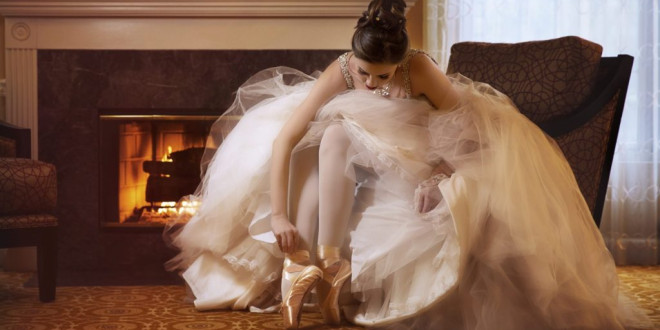[ad_1]
Japanese, similar to Chinese Traditional wedding, also go through the process of ‘betrothal ceremony’. This betrothal ceremony is called ‘Yuino’, and an exchange of emblematic gifts between the family of the groom and bride. There are nine gifts which consist of Mokuroku, Kinpou, Naganoshi, Tomo-shiraga, Suehiro, Surume, Konbu, Katsuo-bushi, Yanagi-daru.
Mokuroku: a list of betrothal gifts.
Kinpou: betrothal gift money which is put in a special envelope called Shugi-bukuro, which has gold and silver strings.
Naganoshi: a stretched dried abalone that expresses good wishes.
Tomo-shiraga: a long white thread of hemp symbolizes a wish for the couple to live happily and to grow old and gray together.
Suehiro: a folding fan that widen at the end, representing a happy future.
Surume: dried cuttlefish which symbolizes a long lasting marriage.
Konbu: dried kelp which is known for the ability to breed healthy children.
Katsuo-bushi: dried bonito which represents the groom’s strength.
Yanagi-daru: gift cash given to purchase sake. Traditionally, it was a wooden barrel of sake.
Crane symbolizes longevity and prosperity, and folding 1,001 golden origami cranes will bring good luck, good fortune, longevity, fidelity, and peace to the marriage.
Japanese Wedding Traditional Costume – Bride
Shiro; a white kimono
Uchikake Kimono; a patterned brocade kimono
Traditionally, the bride would have to wear the two types of kimono; the Shiro kimono is wore for the ceremony, while the Uchikake kimono is wore at the reception. The bride’s hair would be tied into a bun decorated with colorful kanzashi accessories and a white tsuno-kakushi, which is a white headdress or hood. In Japanese, Tsuno, means “horn” and this headdress is to cover the horn which symbolizes obedience. A tiny purse called ‘Hakoseko’ and a ‘Kaiken’, a small encased sword which is placed in it, is carried by the bride. A fan is also tucked in the Obi belt to symbolize happiness and a happy future
San-San-Kudo
A Japanese ritual san-san-kudo is performed by the bride, the groom and both of their parents. During the ceremony, the groom will take 3 sips of sake from the first cups, and then the groom will pass the cup to the bride, who in turn would drink 3 sips. This is followed by the remaining two cups. ‘Three’ is considered a lucky number, especially in wedding, as it is indivisible. ‘Nine’ being three times of ‘three’, means triple happiness. After exchanging the nuptial sake sips, it means that the bride and groom are united, along with both their families.
Honoring the Parents
During the wedding or reception, the bride and groom would usually take some time in acknowledging their parents. The couple would offer a bouquet of flowers or a toast to their parents as an acknowledgement. Some couple would choose to recite a personal letter of love and thanks to both their parents.
Speeches
Family, friends, colleagues and teachers would take turns to give their wedding speeches and blessings to the bride and groom.
Favors and Gifts for the Guests
In Japan, the bride and groom usually spent $50 or more on Hikidemono, a favor given to the guests. An example of a Hikidemono is a Kohaku Manjyu, which is a round steamed bun with bean paste filling, which are offered to the guests in pairs; a red bun and a white bun.
[ad_2]
Source by Felicia Aw Hui Ting

